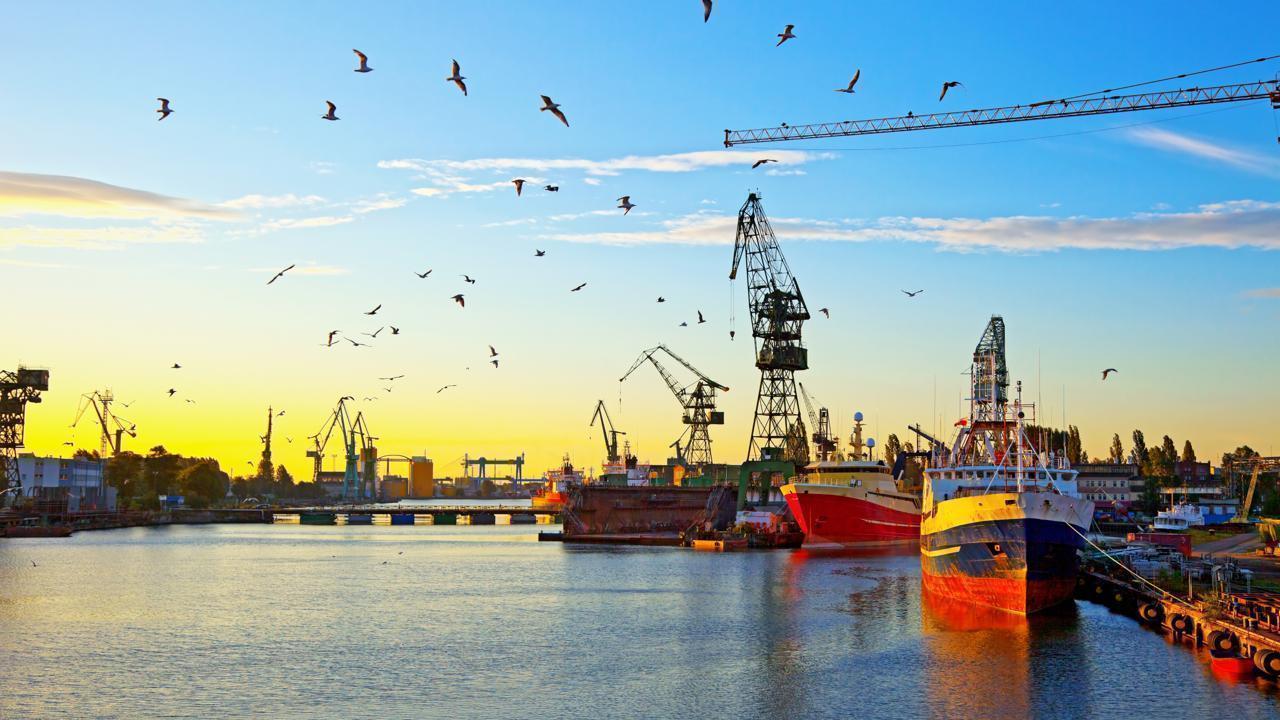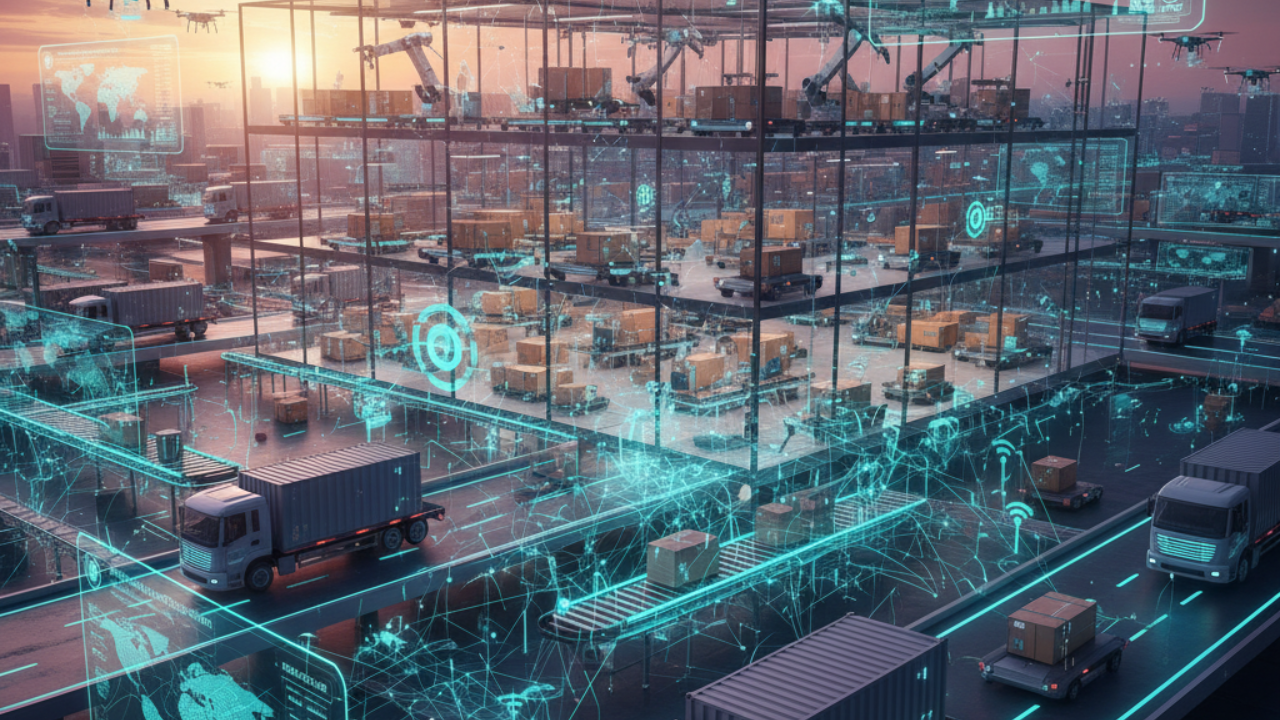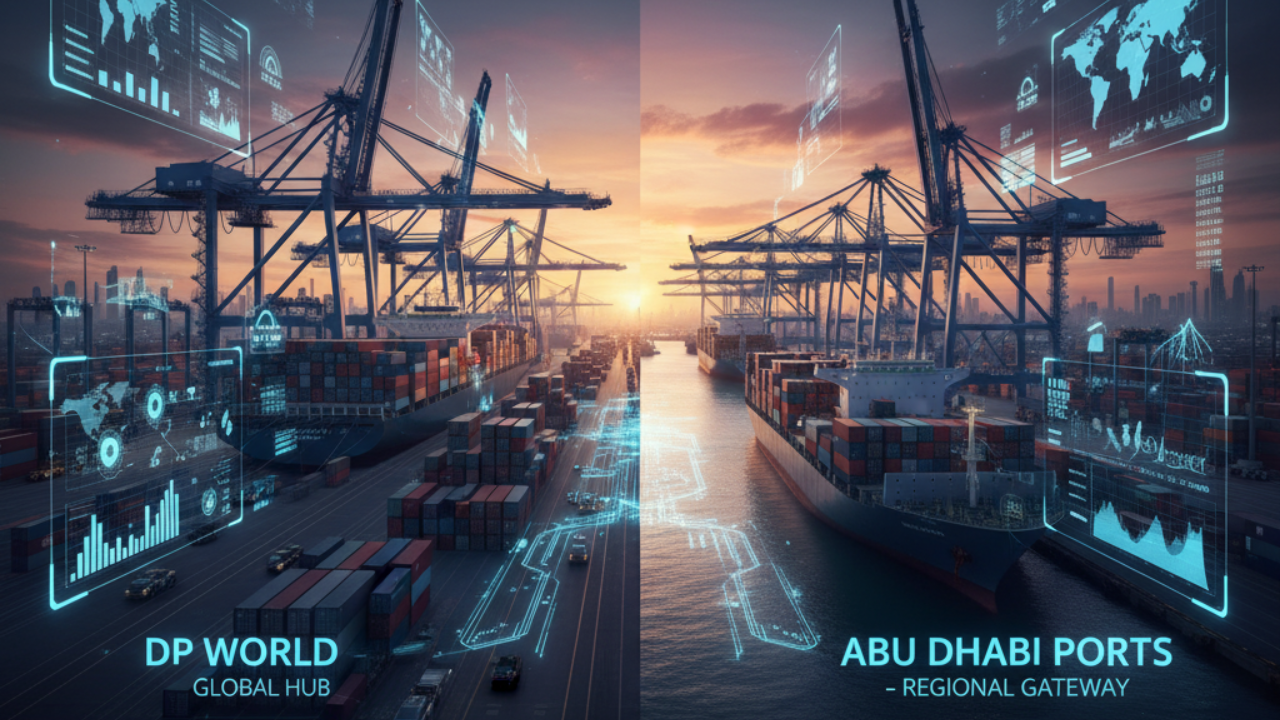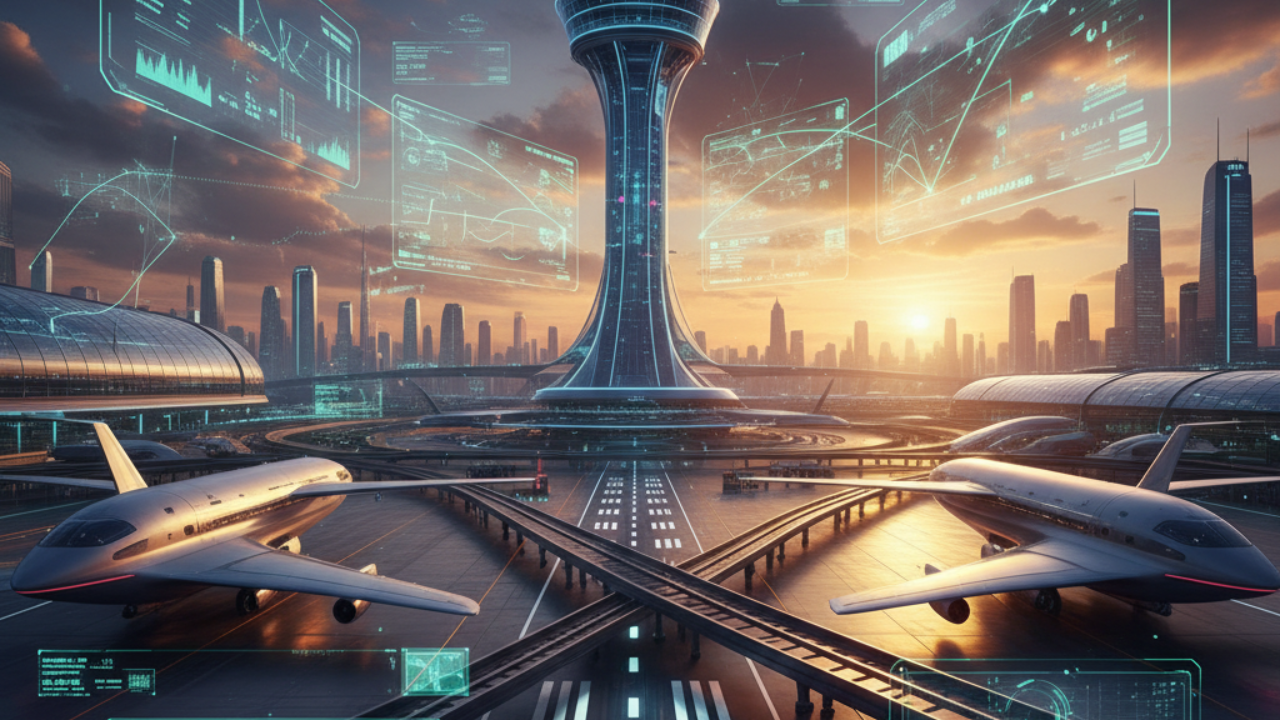
Post by : Amit
A Historic Investment in Maritime Growth
India is setting sail on one of its most ambitious maritime development programs yet. With the announcement of a ₹25 trillion Maritime Development Fund, the government aims to transform the country into a leading global hub for shipbuilding, ports, and maritime services. The initiative, which underscores Prime Minister Narendra Modi’s vision of making India a self-reliant and export-driven economy, will not only strengthen India’s maritime infrastructure but also reposition the nation as a formidable force in global shipping routes.
This unprecedented scale of funding comes at a time when global trade dynamics are shifting rapidly. Supply chains disrupted by geopolitical tensions and rising freight costs have put fresh focus on countries with the capacity to handle large-scale cargo and modern shipping demands. India, with its 7,500 km coastline and strategic position along key global sea lanes, is seizing the opportunity to upgrade its shipyards, develop green shipping technology, and enhance port capacity.
Why the Maritime Fund Matters Now
The ₹25 trillion fund is not just about ports and ships—it is about building an integrated maritime ecosystem. According to senior officials, the fund will be used to finance new shipbuilding projects, upgrade shipyards with cutting-edge technology, support innovation in green propulsion systems, and invest in port connectivity projects. By doing so, India hopes to address one of its long-standing weaknesses: its relatively small share in the global shipbuilding market, which has long been dominated by countries like China, South Korea, and Japan.
The timing could not be more strategic. The global shipbuilding industry is witnessing a transformation, with rising demand for LNG-powered vessels, digitalized fleet management systems, and sustainability-driven operations. India wants to tap into this demand and reduce its reliance on foreign-built ships while creating new opportunities for exports.
Impact on Shipbuilding & Naval Engineering
At the heart of the initiative lies the rejuvenation of India’s shipbuilding sector. Currently, Indian shipyards contribute less than 1% to global output. With the new fund, this figure is expected to rise substantially over the next decade. The government has identified priority shipyards in Goa, Kochi, Visakhapatnam, and Mumbai, which will receive advanced tooling, automation, and AI-driven engineering support.
Additionally, naval engineering—critical for India’s defense and strategic autonomy—will receive a significant share of funding. Industry experts believe that this infusion will not only improve India’s ability to design and build next-generation warships but also strengthen its export potential in naval platforms, a market projected to grow sharply in the Asia-Pacific region.
Green Shipping and Sustainability Goals
One of the most important elements of the fund is its commitment to sustainable shipping practices. As the International Maritime Organization (IMO) tightens carbon emission regulations, shipbuilders across the world are under pressure to design vessels powered by cleaner fuels like LNG, hydrogen, and ammonia. India’s fund will directly invest in research and development to create eco-friendly propulsion technologies, positioning the nation as a leader in green maritime solutions.
Ports are also expected to undergo a green transformation, with electrification of port operations, deployment of renewable energy, and digitalized logistics systems aimed at reducing turnaround time and cutting emissions.
Boosting Global Competitiveness
India’s move to invest heavily in shipbuilding and maritime services is also about global competitiveness. The country currently spends billions annually importing ships and maritime equipment. By building a self-sufficient shipbuilding industry, India can drastically cut import bills, generate export revenues, and emerge as a low-cost, high-quality shipbuilding alternative to East Asian economies.
The fund also includes provisions for training and skill development, ensuring that India has the workforce required for a modern, technology-driven maritime industry. Institutions will be tasked with producing naval architects, marine engineers, and logistics experts to sustain this growth trajectory.
Port Expansion and Connectivity
Alongside shipbuilding, the ₹25 trillion fund will also fuel port modernization. India’s ports handle more than 90% of its external trade by volume, but bottlenecks and inefficiencies often drive up costs. The initiative will focus on deep-water port expansion, smart port technologies, and last-mile connectivity through rail and road upgrades.
Officials emphasize that better connectivity between ports and industrial corridors will enhance India’s ability to serve as a manufacturing and export hub for global markets. This will also align with the PM Gati Shakti Master Plan, which integrates logistics and infrastructure development across multiple sectors.
Economic and Employment Impact
The fund is expected to have a multi-layered economic impact. Economists project that direct investments in shipbuilding and ports will create millions of new jobs, both skilled and unskilled. From welders and fabricators to AI engineers and logistics planners, the maritime push will open opportunities across the spectrum.
Moreover, the expansion of domestic shipbuilding capacity will significantly boost India’s steel, electronics, and engineering industries, creating a multiplier effect on the broader economy. Analysts estimate that the maritime initiative could add as much as 2-3% to India’s GDP growth rate over the next decade.
Industry Voices and Global Reactions
Industry leaders have welcomed the announcement, calling it a turning point for India’s maritime future. Shipyard operators argue that the infusion of capital will help them compete globally, while port operators believe it will ease congestion and make India more attractive for international shipping lines.
Global reactions have also been positive, with international investors seeing opportunities to partner in green shipping technologies and supply chain infrastructure. Experts note that as global companies diversify supply chains away from China, India’s move could not have come at a better time.
Challenges Ahead
Despite the optimism, challenges remain. The global shipbuilding market is intensely competitive, and India will need to ensure high-quality standards, cost efficiency, and timely delivery to attract international clients. Financing structures and transparent project execution will be critical to avoid bureaucratic delays that have historically slowed infrastructure growth in the country.
There are also concerns about technology gaps, as India currently lags behind leaders like South Korea in high-value shipbuilding, such as LNG carriers. Bridging this gap will require sustained R&D investment and international partnerships.
A Bold Course for the Future
The ₹25 trillion Maritime Development Fund signals a bold course for India’s future, one that ties together economic growth, strategic autonomy, and environmental responsibility. If implemented effectively, it could reshape not only India’s shipbuilding industry but also the broader global shipping landscape.
As one senior official put it, “India is ready to reclaim its place as a maritime power. This fund is the anchor that will steady our ship in turbulent global waters.”
Global shipping, India shipbuilding fund










Bengaluru-Mumbai Superfast Train Approved After 30-Year Wait
Railways approves new superfast train connecting Bengaluru and Mumbai, ending a 30-year demand, easi

Canada Post Workers Strike Halts Nationwide Mail and Parcel Services
Canada Post halts operations as CUPW strike disrupts mail and parcel delivery nationwide amid disput

PM Modi Launches BSNL ‘Swadeshi’ 4G Network, 97,500 Towers Built
India enters global telecom league as PM Modi inaugurates BSNL’s indigenous 4G, connecting 26,700 vi

India’s Iconic MiG‑21 Takes Final Flight After Six Decades of Service
After 60 years India retires its MiG‑21 fighter jet, a legendary yet controversial warplane marking

Hindustan Zinc unveils AI hotspot monitoring at Debari smelter
Hindustan Zinc launches AI-powered Switchyard Hotspot Monitoring at Debari smelter to cut outages bo

Chinese experts worked inside sanctioned Russian drone plant
Chinese drone specialists visited IEMZ Kupol supplying parts and drones via intermediaries, deepenin